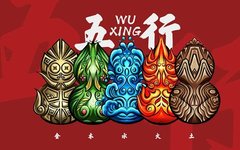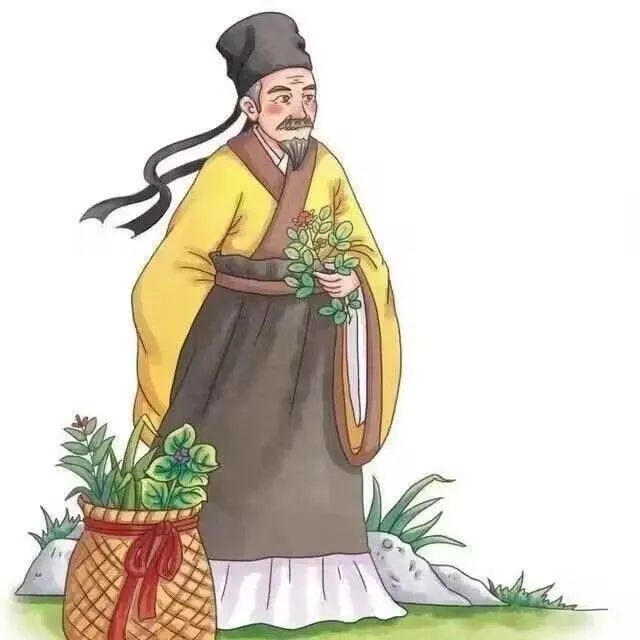
The Source of the Classics, the Origin of the Great Way
The Interactions of the Five Elements
The I Ching is the root of the Chinese nation
Core Taoist Thought: The Way follows Nature, governing without action, living in harmony with nature. The wisdom of the Zhou Yi: Self-improvement and the cultivation of virtue~~~
Spreading the wisdom of Chinese culture, promoting the great thoughts of the I Ching!
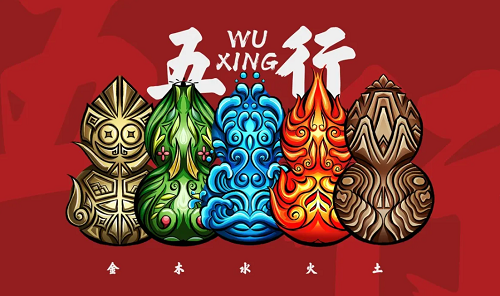
What does the interaction of the Five Elements mean? The concept of the Five Elements has a long history; ancient people believed that there exists a connection between things. The Five Elements are often used in philosophy, traditional Chinese medicine (TCM), and divination. Metal, Wood, Water, Fire, and Earth are the components of the Five Elements, which have a generating and overcoming relationship with each other. Next, we will present an analysis of the generating and overcoming table of the Five Elements, which you should not miss if you are interested.
[The Interactions of the Five Elements]
It is said that Water overcomes Fire, Wood overcomes Metal, and Earth overcomes Water; these Five Elements are based on numbers.
The universe originally has Yin and Yang and the Five Elements, namely Water, Wood, Metal, Fire, and Earth. The Five Elements originate from the principles of nature. Water represents wisdom, Fire represents propriety, Wood represents benevolence, Metal represents righteousness, and Earth represents trustworthiness; these are the virtues of the Five Elements. Metal generates Water, Water generates Wood, Wood generates Fire, Fire generates Earth, and Earth generates Metal; this is the principle of generating among the Five Elements. Metal overcomes Wood, Wood overcomes Earth, Earth overcomes Water, Water overcomes Fire, and Fire overcomes Metal; this is the principle of overcoming among the Five Elements. Metal meets Metal, Wood meets Wood, Water meets Water, Fire meets Fire, and Earth meets Earth; this is the principle of harmony among the Five Elements.
The theory of the Five Elements is a unique philosophical theory in ancient China, used to explain the origin and unity of the diversity of all things in the world. The Five Elements, namely Metal, Wood, Water, Fire, and Earth, are the five common substances. Ancient people believed that these five substances are the foundation of matter and the source of all things, and their most basic relationship is generating and overcoming.
Generating refers to the relationship of nourishing, promoting, and assisting; overcoming includes the meanings of restraining, suppressing, rejecting, and constraining. According to the laws of the Five Elements, the relationships of generating and overcoming are fixed and unchanging: Metal generates Water, Water generates Wood, Wood generates Fire, Fire generates Earth, and Earth generates Metal; Metal overcomes Wood, Wood overcomes Earth, Earth overcomes Water, Water overcomes Fire, and Fire overcomes Metal.
This generating and overcoming relationship among the Five Elements is the inherent connection of things under normal circumstances, maintaining the normal biochemical processes and coordinated development of things. These views are rooted in a simple materialist philosophy and spontaneous dialectical thought.
Ancient people also applied the theory of the Five Elements in medicine, which greatly promoted the research and organization of the vast clinical experiences accumulated by ancient people, forming the unique theoretical system of traditional Chinese medicine. It encouraged people to observe the human body from a systematic structural perspective, helping to comparatively and dialectically understand the organic connections between parts of the body and between the body and the environment. The application of the theory of the Five Elements in medicine further strengthened and systematized the holistic view of traditional Chinese medicine.
Additionally, the theory of the Five Elements also played a role in the development of ancient Chinese astronomy, calendars, and other disciplines.
The “Five Elements” encompass all of nature and reveal profound insights into the relationships within the natural world and between humans and nature. The concept of the “Five Elements” is simple and easy to understand in terms of generating and overcoming; however, it is also complex, and the deeper aspects of the “Five Elements” await further exploration by interested scholars.
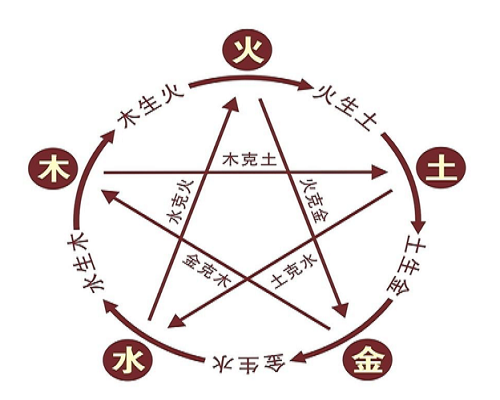
The Ancient and Brilliant Treasure of Chinese Culture
The culture of the I Ching is an ancient and brilliant treasure of Chinese culture. Ancient people used it to predict the future, make decisions on national affairs, and reflect current phenomena, measuring heaven above, earth below, and human affairs in between!
The Culture of Traditional Chinese Medicine is Profound and Extensive
Traditional Chinese medicine speaks of Yin and Yang; without Yin, there is no birth; without Yang, there is no growth. Where there is Yin, there is Yang; where there is above, there is below; where there is front, there is back; one thing restrains another; no substance exists in isolation or without constraints! Maintaining the balance of the entire universe, each dimension of space has its own very strict system of checks and balances! Therefore, for every disease, there must be a corresponding remedy or method to subdue it!
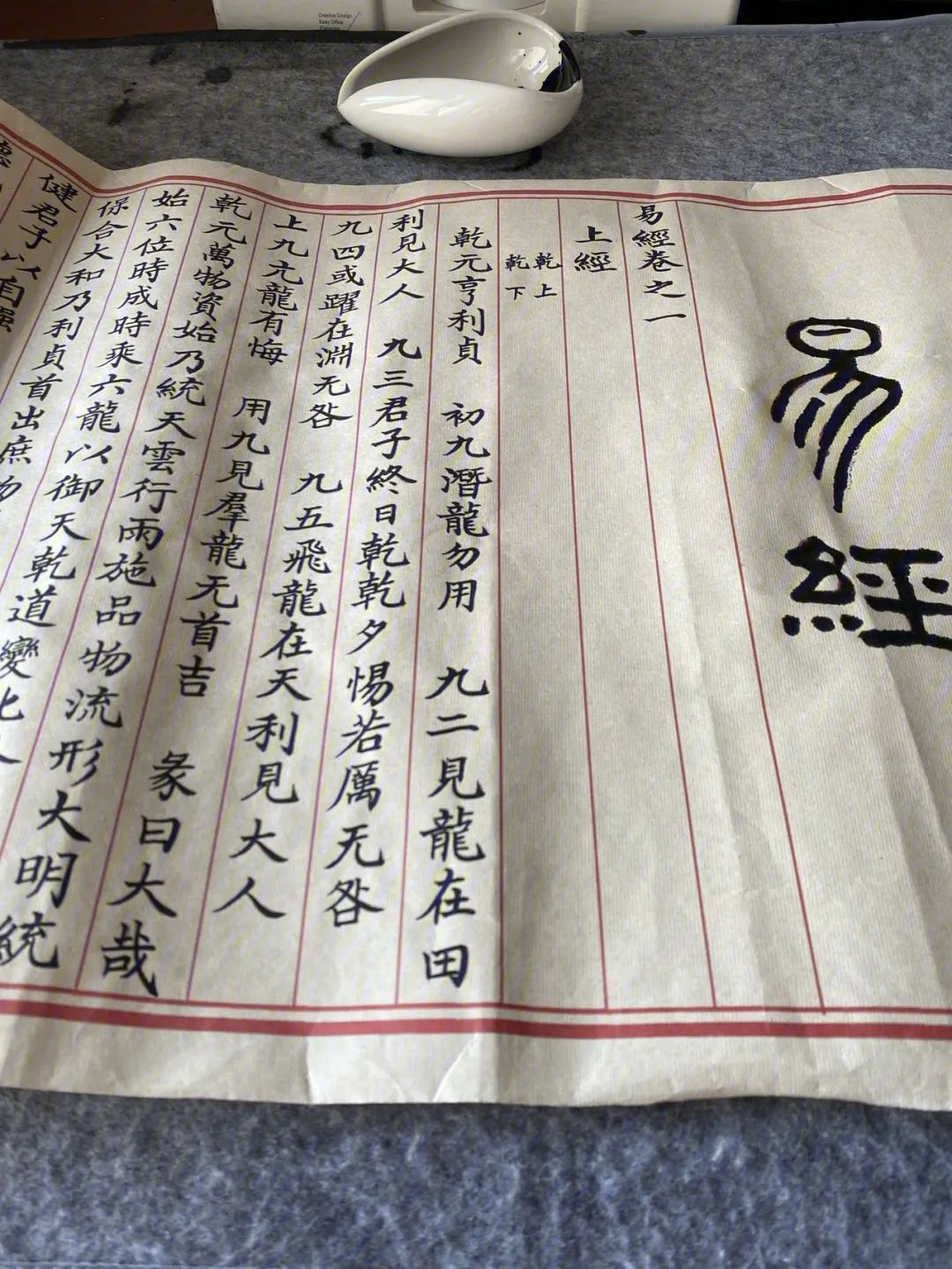
Disclaimer: This article shares content from the internet and published materials. If there is any infringement, please contact for removal. The content mentioned is for reference and learning by professionals only and should not be considered as advice or guidance. This platform does not bear any responsibility for any consequences arising from this!

